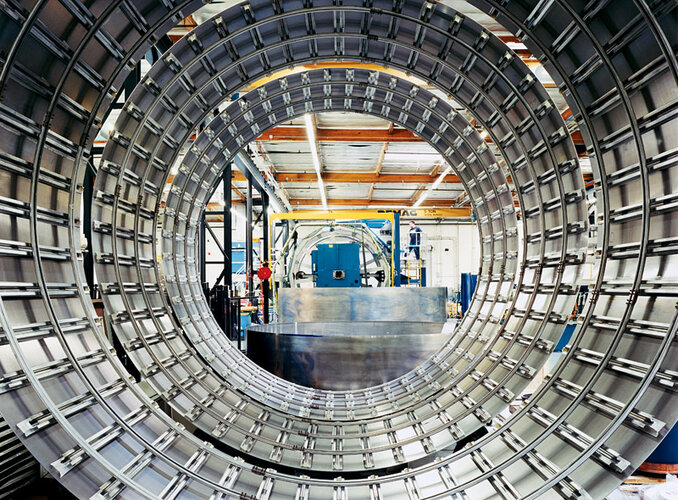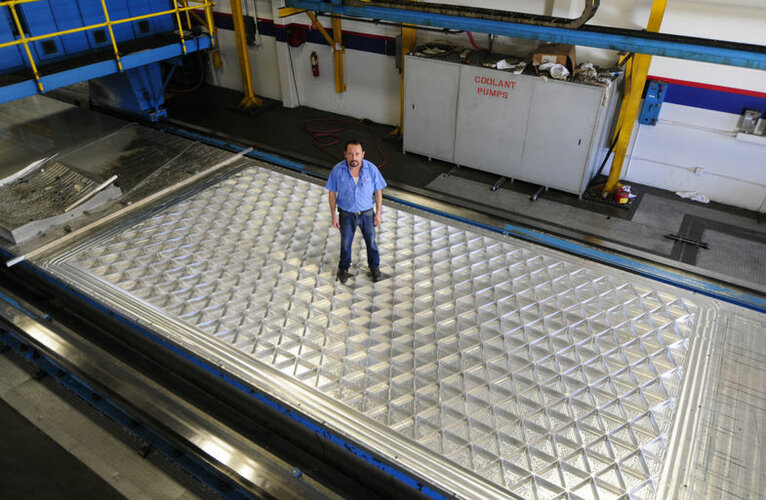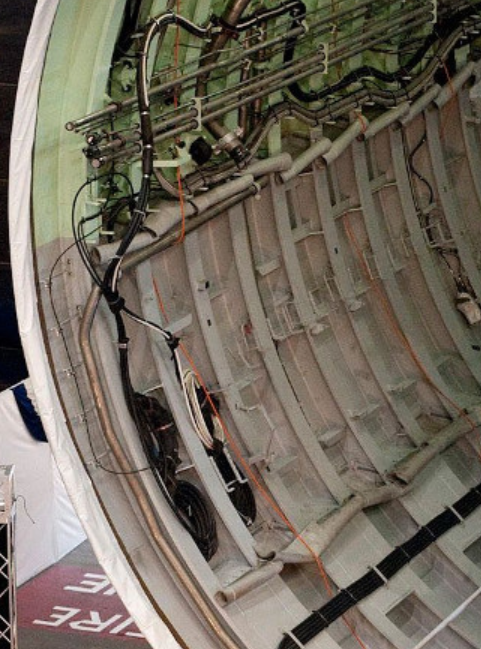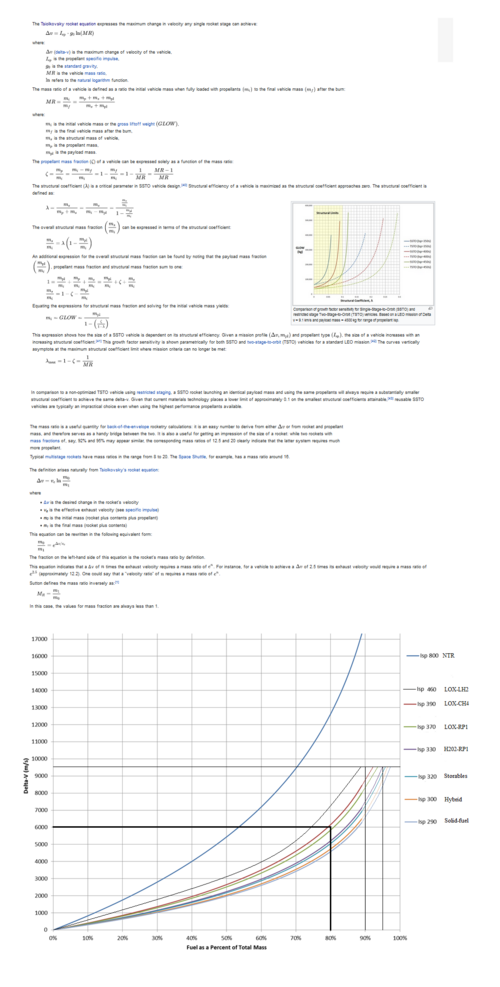1. wrong. Dynasoar first flight was scheduled for Jan 1966. Titan III flew 7 times by then.
Not according to the Air Force and ARPA who both made the instructions on the needed modifications to the initial Saturn LV prior to launch. Again ABMA had to de-construct some of those modifications before the test flight.
2. There were no "scavenged" parts. All hardware (engines, structure and tanks) were purposed built. Just scavenged" designs.
Oddly the people who actually built the vehicle disagree with you as does the written and oral history. The Saturn was a "kludge" rocket that worked and worked very well.
3. that would be wrong. Falcon 9 is more than 50% cheaper than any other equivalent US launch vehicle. And cheaper than Pegasus.
I have to doubt the "50%" figure mostly because that's nowhere near what SpaceX shows and charges. Again, Vulcan/Centaur is cost effective in comparison as an expendable vehicle.
4. They have a "job" and they have already taken over many of Army and Navy space tasks
Actually they took the Army and Navy personnel for the most part as well since they didn't have the skill sets or personnel to fill the slots initially. Again, this is all the same stuff as Space Command did, just without the interservice cooperation that had.
also, Thor was a better launch vehicle.
And Jupiter was a far better missile than Thor. So what?
1.??? No. Launching responsibilities and satellite command and control were part of Space Command (other than acquisition, what was there to transfer anyways?) and are still part of the Dept of the Air Force. What "added costs and infrastructure"?
Space Force is taking over launch responsibilities and contractor coordination of the same, the Air Force will no longer support space activities per the Space Force mandate. This has already been happening with Space Force taking over the contracting operations such as with SpaceX.
Yes Space Force is a department of the Air Force just like the Marines are part of the Navy. But they are still a "separate' branch requiring their own infrastructure and systems. (Hence a new headquarters being built in Colorado to house them) They will now have their own budget (and the yearly battle thereof) and will require their own training, maintenance, command, and services programs which they currently do not have.
2. It is going to stay that way (Space Force - Air Force relationship). No need to duplicate medical, CE, base security and support groups in Space Force.
Incorrect, those duplications will still happen just like you see duplicate Marine groups on their bases. They have those separate bases already and the Air Force is tasking them with getting their own people in place as soon as possible. It's the "Space Force" not the "Space Command" which was supported and operated by the Air Force. That will no longer be the case and this was a major reason why very few people were 'happy' about having the Space Force established.
3. Very little. SpaceX just used the land and maybe one test stand in TX. There was little applicable to Falcon.
SpaceX uses the facilities left from Beal along with two test stands and one they rebuilt. Considering Falcon was assembled and tested there you've got a funny definition of "little applicable"? It saved SpaceX a lot of money according to Musk.
it will be like the Navy and Marines. Space Force bases are supported by Air Force medical, CE, legal, chaplin, base security and support groups. Only "operational" positions are manned by Space Force personnel.
Ah so the Space Force according to you won't have any bases of their own? Odd since they already have several, all of which are actually CALLED "Space Force Base/Station", that means the Space Force will be the "host unit" which means handling the base and therefore having to supply it's own people to fill in the jobs there. No they most assuredly NOT "only operations" both by design and by requirement. The Air Force will ONLY be filling those positions on bases where THEY are the hosting command. As you say it will be "just like the Marines" who have to provide all those tasks on bases THEY own. Not sure where you're getting the information from as this is all readily available.
This is the major reason no one really WANTED a "Space Force" because it's going to be very expensive initially to actually get to the point where the Space Force is actually "stood up" and operational. The command and control that Space Command did is going to be only a very small part of what the Space Force actually does and it will end up needed all the infrastructure of any other branch, including all the needed personnel and infrastructure to run and maintain there own bases. And Frankly what's needed Space Command was already doing without all the ancillary and support functions that Space Force HAS to now do.
Randy







